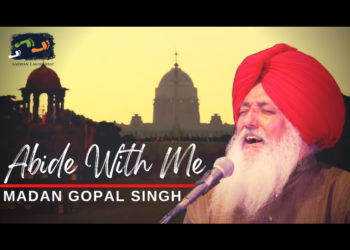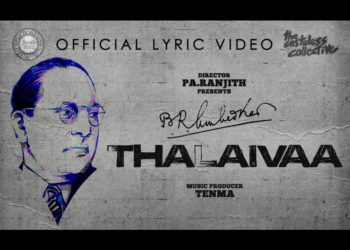‘Kaun Bataye?’, a crowd-sourced video single by the Delhi-based Dastaan LIVE, is based on the writings of an anonymous poet set against the backdrop of the turbulent events of the present day. The song is not just a lament about the failure of society to adapt to modern times but also one that celebrates the fact that we will prevail in the face of such adversity to regain the humanity that we seem to have lost somewhere along the way.
Daniya Rahman of the Indian Cultural Forum had a little chat with Dastaan LIVE about the song and the video.
Daniya Rahman (DR): How did the idea of the song take shape?
Dastaan LIVE (DL): The pandemic forced us to think outside the box to come up with new and exciting ways to present our original material. The idea for the music video came about during a conversation between Pinak, who edited the video, and Baan, co-founder, during the second wave, when the former was scurrying around to source life-saving drugs for his father who had contracted COVID. Pinak was completely frustrated by this situation and had a lot of questions that he wanted answers to. Because the pandemic was a time of unbridled fear and uncertainty, we knew at the back of our minds that others were surely facing adverse circumstances and exhibiting similar emotions-that’s what we wanted to harness through the process of this video.
DR: What led to the decision of crowd-sourcing the video? Tell us about the kind of submissions you received.
DL: We consequently decided to crowd-source a video to give an opportunity to people to ask questions, not necessarily directed towards the government , but towards anyone who has answers. We put out an open call on our social media and subsequently started to receive videos and abstract interpretations from a whole host of people outside of our immediate circles. We received a wide variety of submissions — simple videos with an individual holding a placard with questions written on it, people lip syncing , to more elaborate videos with people using their bodies to create interpretations of their questions and/or the song. We would like to thank everyone who sent us the entries.
We have been extremely fortunate to work with several artists and creators for the very first time and we are happy to count them as a part of our burgeoning community. Some of the videos that people sent in inspired us to take our creativity and the idea to the next level . Pinak created this narrative timeline based on the entries, and Sumant, Anant, Vaibhavi and Baan were responsible for the ideation and soundboarding.
DR: How did you manage to shortlist the clips you finally used in the video?
DL: We didn’t have to do much by way of shortlisting. We had to do much more in the edit phase to build a narrative based on the submissions while keeping the edit fresh and edgy . For us, each and every video was fuel for ideas to shape the final narrative. The collective anger and frustration was clearly evident through the submissions and contributors found many creative ways of expressing that. The sheer diversity of the kind of videos we received coupled with the fact that the video is quite gender representative turned out to be a very happy coincidence for us.
DR: What kind of response is the song and the video garnering?
DL: So far, the response has far exceeded our expectations — sans any paid promotion, organic and spread by word-of-mouth! We have high hopes that this video will be watched by a large number of people — on both sides of the conversation. Since this is our first release after what happened to us in Goa it was important for it to be well received as a shot in the arm for the collective to continue to release much more work in the near future.




